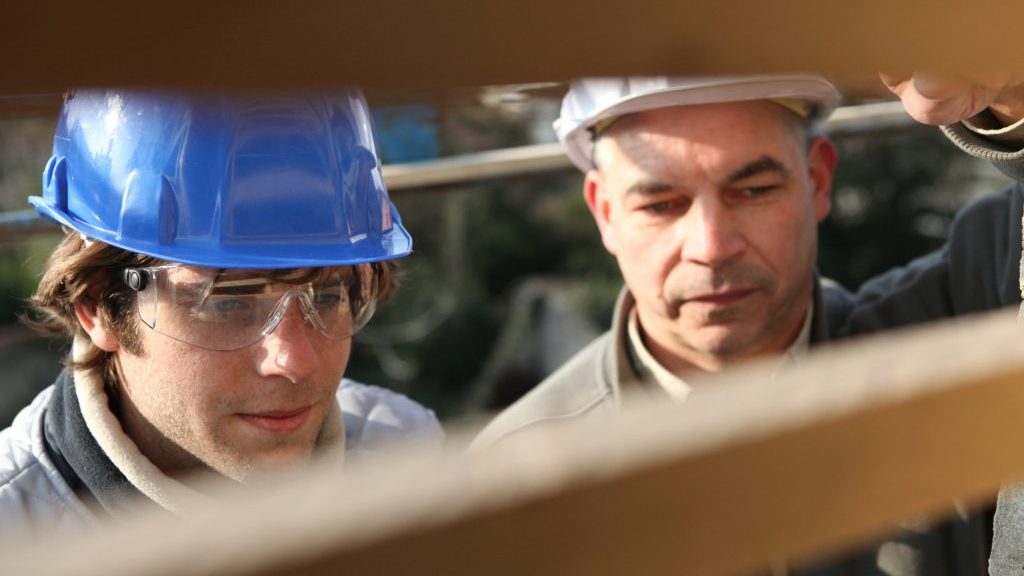The findings of a study evaluating the effectiveness of Ontario’s working at heights (WAH) training standards, conducted by a team of researchers at the Institute for Work and Health (IWH), were revealed recently during the Ontario General Contractors Association’s Leadership Day and COR Open House in Mississauga, Ont.
“Falls are a big concern in construction and it’s not just in Ontario,” stated Lynda Robson, a scientist at the IWH and one of the researchers on the study.
“It is was of particular concern following the multiple fatality (swing stage) incident of 2009 which lead to the change in regulations. The new working at heights training was required (by the Ministry of Labour) for anyone working on construction projects and using fall protection equipment. It first came into force in April 2015 and by October 2017, everyone needed to have the training.”
The research conducted for the study is based on two overarching questions: to what extent did the WAH reach the target population? And what impact did the introduction of the WAH training requirements have on fall prevention on Ontario’s construction projects?
There was a very large impact on knowledge. There is what we would consider a moderate, medium-sized impact
— Lynda Robson
Institute for Work and Health
“We think the training intervention really did a good job of reaching the target population,” explained Robson.
“When it comes to fall prevention, we think that the training was effective. There were substantial and training-attributable impacts on the practices at the workplace and there were measurable, statistically significant impacts on injuries.”
The evaluation consisted of six elements of data collection and analysis: analysis of Ministry of Labour (MOL) administrative records of WAH training; a training provider survey consisting of 87 participants; a construction employer survey of 390 participants; follow-up surveys with 633 participants from the Infrastructure Health and Safety Association’s (IHSA) WAH training (internal staff and training partners); labour inspector interviews (10 inspectors from five regions); and analysis of workers’ compensation administrative records of lost-time claims.
“We asked a series of questions comparing the new working at heights training with the old fall protection training,” said Robson. “On average you can say the regulations brought about improvement in the training for working at heights. That is what the regulations intended to do, so that’s been confirmed.”
Researchers also spoke with about 500 employers from businesses of all sizes, residential and non-residential, inside and outside the Greater Toronto Area.
“We asked the employers, ‘have you heard of the new working at heights training available in Ontario since 2015?’ Over 90 per cent said they definitely had heard of it,” said Robson. “We asked how many people are using fall protection equipment and how many had been trained. We learned that over 90 per cent of companies trained the people that needed be trained.”
They also wanted to evaluate if it made an impact on management and work practices.
“Forty per cent of the companies said that they had purchased new equipment as a result of the working at heights training and almost the same percentage had changed their fall rescue plan or created one for the first time,” Robson pointed out.
The part of the evaluation that focused on the learners was carried out in co-operation with the IHSA, the largest provider in the province of WAH training.
“There was a very large impact on knowledge. There is what we would consider a moderate, medium-sized impact on safety practices. This is entirely consistent with what we would expect from health and safety training,” Robson stated. “The training seems to be performing the way it’s supposed to.”
Measurements were taken on 12 different safety practices and for 10 out of the 12 practices that were measured there was an improvement that was “meaningful and statistically significant between pre-training and post-training,” Robson explained.
“For example, prior to training the group of learners on average were recording somewhere between ‘sometimes’ and ‘often’ they maintained 100 per cent tie off, whereas after the training it had increased to somewhere between ‘often’ and ‘always,’ ” said Robson. “So not perfect yet, not always, but it is a meaningful improvement.
“When we look at various learners we see an improvement…the ones that improved the most are the ones that come into the training with the lesser skill to start with.”
The results were similar with smaller firms.
“The impact of the working at heights training intervention was more on small firms than on larger firms. I think intuitively that makes sense because we know the larger firms like many of yours were already doing a good job on fall prevention,” said Robson to the audience, made up mostly of general contractors. “The training intervention had a greater impact on the companies that needed it the most, the small ones.”
The report also includes suggestions for improving the WAH curriculum, the program and working at heights safety more generally.











Recent Comments
comments for this post are closed